In the ever-evolving digital landscape, the ability to create *** art content has become a crucial skill for any aspiring自媒体 writer. Smart content refers to material that is not only informative but also engaging, accessible, and tailored to the needs and preferences of the target audience. Crafting such content requires a blend of creativity, *** ytical thinking, and a deep understanding of SEO principles. Let's delve into the secrets of *** art content creation and explore how to craft engaging articles that captivate your audience.
Understanding the Concept of Smart Content
At its core, *** art content is about being intelligent and strategic in how you present information. This doesn't mean the content has to be overly complex; rather, it should be clear, concise, and designed to resonate with the reader. The term " *** art" in this context can be translated to "intelligent" or "savvy," emphasizing the thoughtfulness behind the content creation process.
Keyword Research: The Foundation of Smart Content
One of the key components of *** art content is effective keyword research. By identifying the terms and phrases that your target audience is searching for, you can create content that ranks well in search engine results pages (SERPs). Tools like Google Keyword Planner or SEMrush can help you uncover the most relevant keywords for your niche.
Content Quality: The Heart of Smart Writing
The quality of your content is paramount. High-quality content is more likely to be shared, liked, and engaged with by your audience. According to a study by Orbit Media Studios, the average length of a blog post is over 1,100 words. This suggests that longer, well-researched articles tend to perform better in terms of engagement and SEO.
Engaging Titles: The Hook of Smart Content
A compelling title is the first thing that draws readers in. When crafting titles, think about what would intrigue your audience. Use action verbs, numbers, or questions to make your titles more engaging. For example, instead of "How to Improve Your Writing Skills," you might say "5 Proven Strategies to Elevate Your Writing Game."
Incorporating Smart Language
The language you use in your articles should be clear and accessible. Avoid jargon and overly complex sentence structures. Instead, opt for simple, direct language that is easy to understand. This approach not only makes your content more engaging but also more accessible to a wider audience.
Using Related Terms and Synonyms
To enhance the readability and SEO of your content, incorporate related terms and synonyms. This not only prevents repetition but also helps search engines understand the context and depth of your content. For instance, if you're writing about *** art content creation, you might also use terms like "strategic content," "optimized content," or "targeted content."
Incorporating Authority and Credibility
To establish credibility and authority in your niche, reference credible sources and include data or statistics to support your points. For example, citing a study from HubSpot that 90% of consumers find custom content useful can lend weight to your argument and increase the trustworthiness of your content.
Optimizing for User Experience
Smart content is not just about the words on the page; it's also about the overall user experience. Ensure that your articles are well-structured with headings, bullet points, and images to break up the text and make it easier to digest. A well-optimized article not only engages the reader but also improves the likelihood of them staying on your page longer.
Conclusion
Creating *** art content is an art form that requires a combination of research, creativity, and technical know-how. By focusing on keyword research, content quality, engaging titles, clear language, and incorporating related terms, you can craft articles that not only captivate your audience but also rank well in search engines. Remember, the goal of *** art content is to provide value to your readers while positioning yourself as an authority in your field.


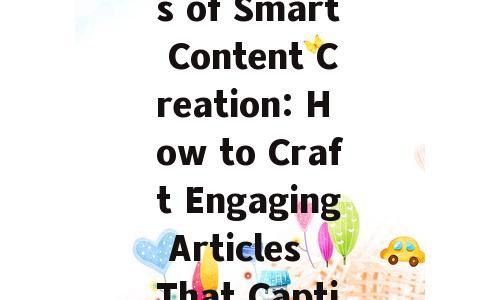
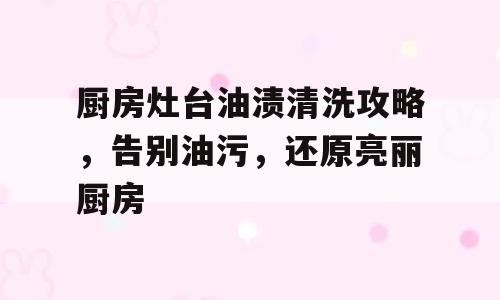
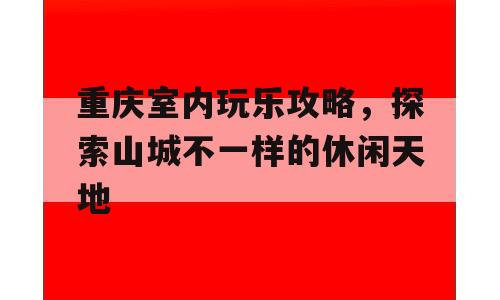
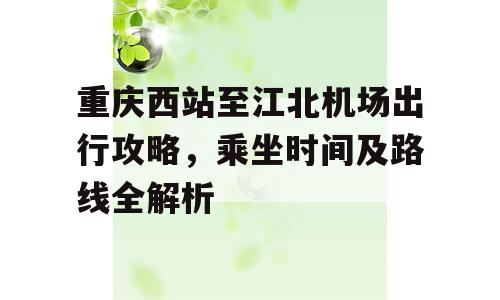

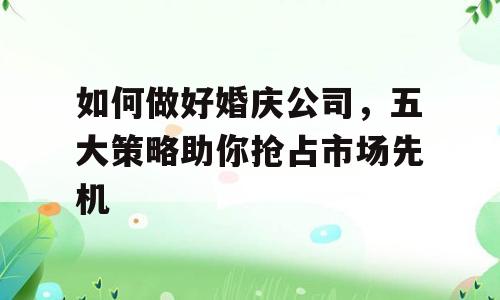
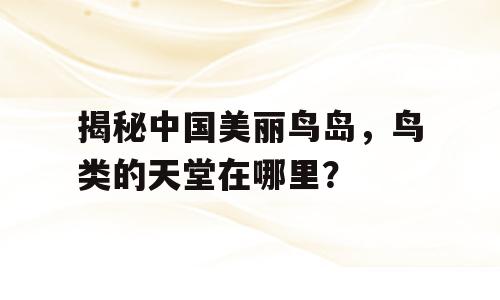






还没有评论,来说两句吧...